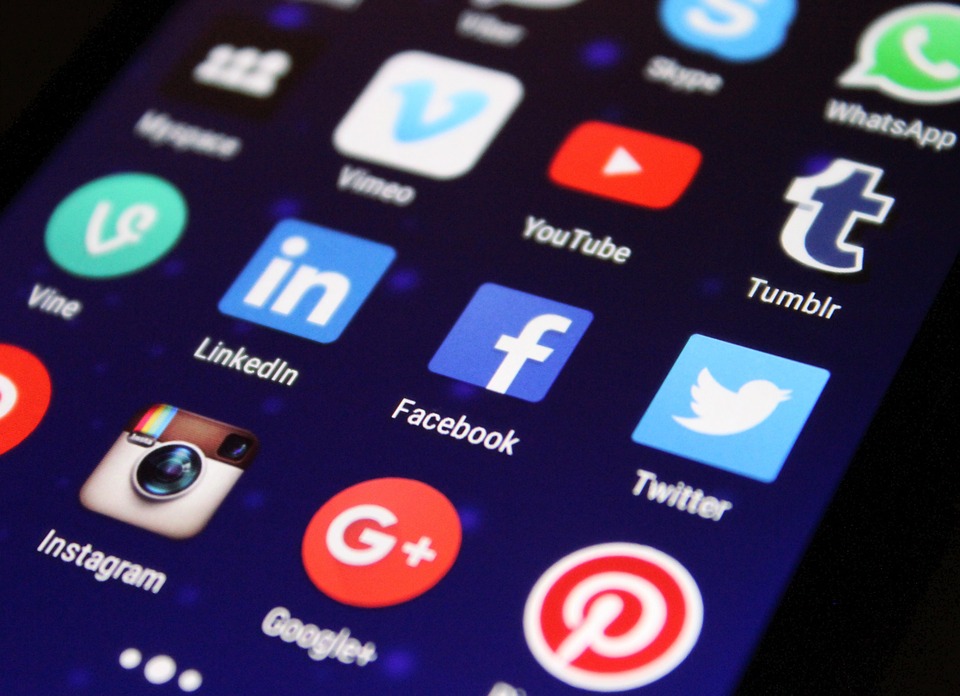
There is a Difference
There are many advantages to using print rather than an electronic copy of a book. First, people still enjoy the look and feel of holding a three-dimensional copy of a book in their hand. The people at Binding 101 still understand this. They know the value of the printed copy and how companies still need hard copies of documents.
You only have to imagine what it will be like 200 years from today when the librarian retrieves the original electronic copy of the novel, He Wrote This Novel, and it is in its original electronic binding. What will be the difference between it and any other electronic version of the book? There would be no liner notes, editorial remarks, or distinguishing marks than any additional electronic copy.
Bookmarks
As far as bookmarks are concerned, that is one reason why most of us get hard copy books in the first place. Hardcopy books is an entire world in itself. You could make a living by creating cool bookmarks or even starting a bookbinding class like Binding 101. If you had a fancy leather bookmark, you were cool. Today there are electronic bookmarks that are so hard to find. You have to scroll down the bottom of the page, and you have to scroll through all of your bookmarks to see where you were last. It just isn’t as fun as going straight to the last place you were in the book. Having a business copy of a book means there are insights you can understand by others and you can apply them to your life.
The Bookcover
Every year my friends and I used to look forward to getting those free book covers we’d get from school to cover our textbooks. Then, of course, we would write all over them and probably change out those paper book covers several times in a year. Sometimes it was just about getting a new book cover and trashing the old one that made your book so valuable. The experience after ripping the old book cover off was your book was just like it was the first day you got it. You felt proud that you kept the book in its original form throughout the year with those paper book covers. Later the people at school or the book stores started making those book covers with the little pockets and flaps where you could hide stuff, like your lunch money. It was cool because no one would suspect you had a couple of dollars hidden in your book cover.
Making Notes
Making notes in the margins was fun. That was part of the mystique of reading the book. You had to challenge yourself to make these very small notes in the sides of the pages. I think it is like compressing the note into a few words that were a challenge. Well, Fermat, the great mathematician, wrote a note in one of his classics, and it took mathematicians a few hundred years to figure out the compressed mathematical insight he jotted down in a flash of brilliance. So making notes in the margins is one of the reasons why people get books. They like to put their notes on the books they read.
Now, if you use an electronic version, it seems the whole world has to know what notes you are writing to yourself and everything is reduced to numbers, characters, and how many people underlined the same passage. You lose the privacy of your notes. Making notes on the side of a business book is a significant thing since it reminds you of where you were when you had to work that problem out for a test or exam.
Underlining Text
Underlining text in specific colors meant certain things when you underlined a line in a print copy. You could even remember the exact place where you made that emphasizing and why. It was an important reminder. Today with an electronic copy of a text, you lose a sense of the closeness of the text. It is like a computer rather than a book. They call it an electronic reader, but it doesn’t give you the sense of reading a book.
Sharing with Others
With a print version of a book, there is something that is always special about sharing the book with others. It is like you are making an emotional connection with the person you lent the book to. Today your book becomes part of a lending library where anyone and everyone can borrow your book. People still gather around printed books and probably always will. Bookbinding is still an art unto itself, but very few places are known for it, except for libraries and institutions. Who knows what and how much of your private notes are seen and read because you are part of a larger scheme that you never really come to understand.
With a hard copy, it was shared with one person, and you knew that you were sharing something special with that person, along with all the little notes you made in the margins. You weren’t trying to give the story away, but it was more than here’s my book, go enjoy it. It was like sharing part of your journey with a friend.




